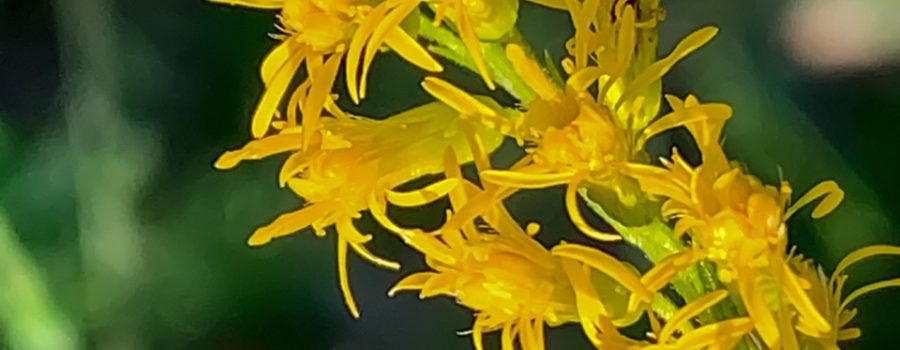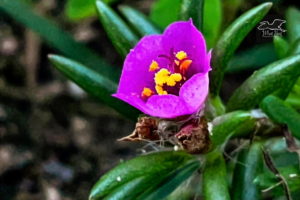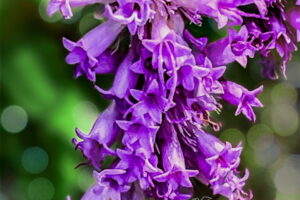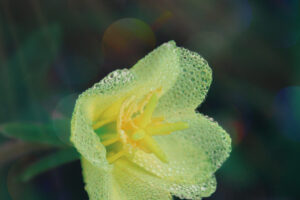Canada Goldenrod: Invasive Weed or Beautiful Wildlife Attractor?

Every fall the brush on the roadsides in this neck of the woods (literally) turns a sea of bright yellow. When a breeze blows, the sea seems to move in waves in the direction of the wind. It is a gorgeous site to see, and for those of us who suffer from allergies, it is also a nightmare. What causes this you ask? The answer is goldenrod, or more specifically, Canada goldenrod.

Canada goldenrod is native to most of North America, but it has become a weed that is present pretty much worldwide in tropical to temperate climates. It is a plant that can adapt and survive amazingly well. One reason is that the beautiful golden sea I described earlier, is made up of hundreds and hundreds of small flowers. One plant can produce over 1500 flowers (and each one produces plenty of pollen to aggravate the allergies!) and eventually that many seeds! Those seeds can survive freezing, and even fire if they are buried in the soil. But goldenrod can also reproduce by spreading rhizomes out away from the parent plant, and both the parent plant and the offshoots can survive temperatures down to -40 degrees and are pretty drought resistant.

Because of it’s incredible survival skills (can a plant have skills?), Canada goldenrod has become a nuisance weed in many parts of the world. It can shut out sunlight to smaller native plants (goldenrod can grow up to seven feet tall and become quite thick), and out grow and out reproduce others. So in other words, it can be very invasive and potentially damaging to the native ecosystem. Additionally, goldenrod can cause skin irritation if touched, and is mildly toxic if eaten. Animals, with fur or feathers seem to be much less affected by touching goldenrod, but it has been known to cause skin issues in some pets.

So other than being pretty to look at when in full bloom, does goldenrod have any useful qualities? The answer is a definitive yes! Farmers often plant it around their crops because it attracts large numbers of bees, wasps, butterflies, and other nectar eating insects which not only pollinate the goldenrod, but also the crop plants. Some people also use it as an ornamental in butterfly gardens. After the flowers have passed, and the plant is producing seeds, those seeds are a wonderful source of food for migrating songbirds. Juncos, finches, sparrows, and cardinals are especially fond of goldenrod seeds. Finally, goldenrod does have some medicinal uses. Flowers can be made into a tea that is used to treat fevers and snake bites. Crushed flowers can also be used as a poultice for snake and insect bites. Flowers may also be chewed to treat sore throats, headaches, and dizziness. Like so much of the world, Canada goldenrod has its good points and it’s bad ones as well. So are you someone who rips it up to get rid of an invasive plant, or someone who plants it for the beautiful flowers, the butterflies, and the birds?





Recent Comments